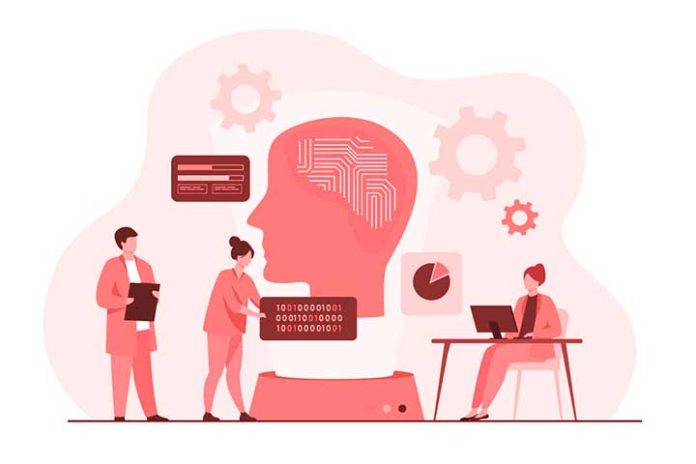Automatic learning, also known as machine learning in English, is a subfield of artificial intelligence (AI) that focuses on developing algorithms and models that allow computers to learn and improve their performance in specific tasks without being explicitly programmed. Each of them.
Instead of using specific rules and algorithms, machine learning relies on the ability of machines to analyze data, identify patterns, and make decisions or predictions based on those patterns. These algorithms learn from examples and training data and adjust their parameters to improve performance as they receive more information.
There are different types of machine learning, which can be classified into three main categories:
- Supervised Learning: In this approach, the algorithm is provided with a set of labeled examples, that is, training data that includes both input features and expected outputs. The algorithm learns through these examples and can then be used to predict new input data.
- Unsupervised learning: In this case, the algorithm faces unlabeled data and must discover hidden patterns or structures independently. No expected output is provided to it, so the algorithm must explore and find relationships between the data without any external guidance.
- Reinforcement Learning: This approach is based on an agent interacting with an environment and receiving feedback through rewards or punishments based on their actions. The agent learns through experience and seeks to maximize rewards in the long run. Reinforcement learning is used in sequential decision-making problems, where the agent must learn an optimal policy.
Machine learning has a wide range of applications in various areas, such as speech recognition, computer vision, fraud detection, product recommendation, and data analysis.
Also Read: Machine Learning: 5 Advantages For Your Business
According to Google, there are several use cases for machine learning; some are:
- Robotic Process Automation (RPA): It is a technology that uses software to automate repetitive and rule-based tasks in applications and computer systems. Software robots perform these tasks efficiently and precisely, freeing employees to focus on more strategic, higher-value activities.
- Sales optimization: Improve the efficiency of sales processes through data analysis and extraction of relevant information. It helps identify customer behavior patterns, predict demand, optimize prices, and recommend appropriate products or services to each customer.
- Customer Service: Machine learning applications such as chatbots and virtual assistants automate common customer service tasks, providing instant and accurate responses to customer inquiries. This reduces wait times and speeds up problem resolution.
- Security: Manages to detect and prevent cyber threats thanks to advanced algorithms and analysis of large data or patterns to identify abnormal behaviours and potential attacks. This enables early detection of intrusions, malware, and suspicious activity, providing more effective protection. In the case of companies that use payment gateways, fraud prevention can be achieved by detecting strange or modified accounts and bank cards.
- Digital Marketing: By analyzing customer data, their online behaviour, and market trends, it enables more precise audience segmentation, message personalization, and the recommendation of relevant products or services for each customer. Additionally, machine learning can optimize ad scheduling, determine the most effective channels, and predict campaign performance.
As technology advances, machine learning is a powerful tool for automating complex tasks and improving data-driven decision-making.
To build machine learning models and use them to make decisions, the following general steps can be followed:
- Define the problem: The first thing to do is clearly understand the problem you want to solve and what type of data is needed.
- Collect and prepare the data: The necessary data must be collected and prepared for use in the machine learning model. This includes cleaning the data, transforming it to a suitable format, and selecting the relevant features.
- Select and train a model. There are many different types of machine learning models, each with its strengths and weaknesses. It is important to select the right model for the problem you are trying to solve, and it must use the prepared data. The model will adjust its parameters during training to make more accurate predictions.
- Validate the model: After training, it is important to validate its performance using additional data not used for training. This helps avoid overfitting and ensures the model can generalize well to new data.
- Use the model to make decisions: Once trained and validated, it can make predictions and decisions. For example, it can be used to classify new data into one of several categories or to predict a variable’s value.
It is important to recognize the complexity of machine learning and the need for specialized knowledge and experience at each process stage. Forming an interdisciplinary team that includes experts in the problem domain, data scientists, software engineers, and other relevant professionals is essential. This will ensure the construction of accurate and useful models.
Also Read: Fight Risk Aversion With Machine Learning

